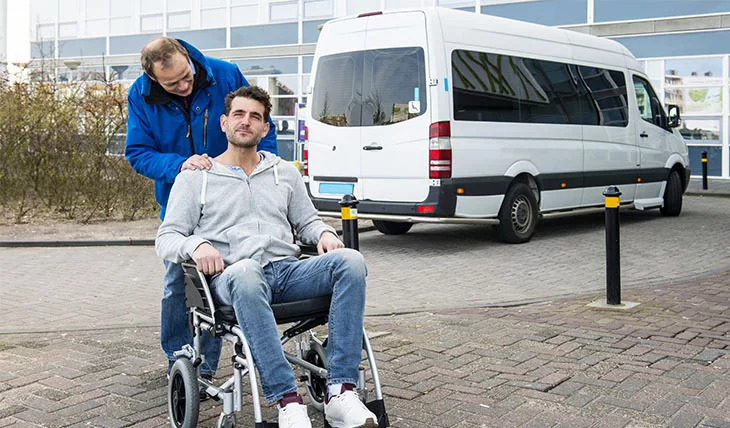Non-emergency medical transportation was once a small portion of healthcare. Just a kind of courtesy service for those who “really” needed it. But as demand for healthcare of all kinds continues to increase, and as medical professionals look at their field with a socially-critical eye, NEMT is revealing itself as an integral part of healthcare.
Issues at Hand That NEMT Brokers and Other Professionals Are Poised to Address
First and foremost, non-emergency medical transportation near you, and all over the country, can address both the needs of the “transportation disadvantaged” and help with “access to healthcare”.
Both issues are typically tied directly to lower socioeconomic status, making transportation a major social determinant of health. The terms used above also go a lot deeper than what their names suggest:
- “Transportation disadvantaged” isn’t just about having a car or access to one. It is also determined by how much money someone has to operate a vehicle regarding gas, insurance payments, necessary repairs, etc. Another hidden aspect is what the local transportation infrastructures are like for someone. Also, even if all the stars align with all those factors, if someone is in a rural area, it may not be viable for them to keep driving out to their appointments on their own.
- “Access to Healthcare” goes past simple doctor visits. It also covers pharmacy visits, going for various kinds of tests and imaging at labs, or even access to parks or other open, green spaces for light exercise.
For both of these, properly coordinated NEMT programs can meet most, if not all of the needs laid out, especially when professionals work closely with their community to get to the heart of what’s really needed locally.
Non-emergency medical transportation can decrease social isolation. While it may not be the first thought on everyone’s minds when talking about barriers in healthcare, it’s far more prevalent than you’d realize. This is especially true for an ever-increasing older adult population. With the right access to travel, these populations could see far more opportunities to get out and live their lives how they want to, especially regarding healthcare. There are 5 ways that this approach can be integrated into social programs to combat this isolation:
- Awareness – Simply asking people about how they access transportation and taking the time to understand what they need.
- Adjustment – Decreasing the requirement for in-person visits through other avenues like telehealth.
- Assistance – Offering transportation vouchers so those who need access can travel to their appointments without worry.
- Alignment – Investing in ride-sharing and time-bank programs that serve the community at large.
- Advocacy – Local politicians and activists working to put forward policies that favorably change transportation infrastructure.
NEMT Brokers and Other Professionals Can Answer the Call, and Then Some
Some of the issues and solutions discussed above are far more long-term, which is why it’s so critical we look at them now and find ways that our industry can continue to answer the call for these programs in more meaningful ways than we already do today. The industry has already shown that it can meet changing needs in healthcare by contributing to vaccine distribution efforts. If we plan ahead, we can keep surprising our stakeholders and making healthcare more efficient and effective.
